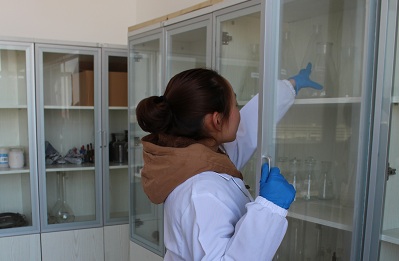corrosion test![]()
Valve detection![]()
Metallographic analysis![]()
component analysis![]()
Mechanical test![]()
failure analysis![]()
Nondestructive flaw detection![]()

2016-11-11 Rongda test 2620 times

Detection Purpose: Inspection of Point Corrosion Resistance of Materials
Detection range: Various metals and their alloys
Pitting corrosion, also known as pitting corrosion, is a kind of small pitting corrosion form which focuses on the metal surface in a very small range and penetrates into the metal interior. The pitting diameter is small, the depth is deep, and the other places are not corroded or slightly corroded. It usually occurs in passivating metals or alloys and in the presence of corrosive anions and oxidants. Pitting surface morphology and schematic diagram The occurrence of pitting corrosion should satisfy three conditions: material, medium and electrochemistry. 1. Material Conditions Pitting corrosion mostly occurs on metal materials (such as stainless steel, Al and Al alloys) which are easily passivated or on metal with cathodic coating (such as carbon steel plated with Sn, Cu or Ni). Reasons: When passivation film or cathodic coating is destroyed locally, the metal in the non-destroyed area and destroyed area forms large cathode and small anode-ldquo; passivation-activation corrosion battery-rdquo; which makes corrosion develop to the depth of the substrate and form corrosion holes. 2. Medium Conditions For passive metals, pitting occurs in corrosive media with special ions. Halogen ions are easy to cause pitting corrosion. According to the size of pitting effect, it is arranged as follows: Cl->Br->I- Reasons: The inhomogeneous adsorption of halogen ions on metal surface leads to the inhomogeneous destruction of passive film and pitting corrosion. 3. Potential conditions The pitting corrosion occurs only when the potential of the metal is above the specific potential, which is the critical pitting potential, breakdown potential or pitting corrosion potential Eb. When E > Eb, pitting occurs and develops rapidly; when Ep < E < Eb, no new pitting occurs, and existing pitting can continue to develop; when E < Ep, pitting does not occur. The higher the Eb value, the better the pitting corrosion resistance of the material; the closer the Eb and Ep are, the stronger the repairing ability of the passive film is.
Last article: NO!
Next article: NO!